Published Research
The Nattergal Report on Stakeholder Engagement Best Practice in Landscape-Scale Nature Recovery Projects
-
Public and stakeholder engagement are key to improving environmental land-use decision-making, natural resource management, and achieving mutually beneficial outcomes for individuals, communities, and society.
Developed for the Boothby Wildland Landscape Recovery project, and funded via the DEFRA Landscape Recovery Development Phase, the report was led by the Countryside and Community Research Institute (CCRI) at the University of Gloucestershire and the Leverhulme Centre for Nature Recovery at Oxford University, with the objective of establishing a framework for enhancing and embedding stakeholder engagement.
Expanding on earlier evidence-led research, the report provides a series of tailored considerations designed to inform engagement strategies for land-use decision-making, with a view to achieving wide-ranging environmental, economic, and societal benefits.
When quoting this report, please use the following citation: Davis, J., Hafferty, C., Ingram, J., & Short, C. (2024). The Nattergal Report on Stakeholder Engagement Best Practice for Landscape-scale Nature Recovery Projects. Carried out by the Countryside and Community Research Institute: University of Gloucestershire, UK
Knepp Wildland Carbon Project
-
In this landmark study, Nattergal, Arup and the Knepp Estate, together with our key research partners, Queen Mary University London, Treeconomy and Agricarbon, have demonstrated a higher than anticipated carbon sequestration rate on land being rewilded.
Using a range of data capture techniques including LiDAR scanning, drones, Structure-from-Motion photogrammetry and soil carbon audits, the report provides pivotal evidence to help fill data gaps around the wider climate benefits of the dynamic habitat mosaics and soil health recovery that emerge through rewilding.
The data will enable carbon driven investment into a much greater diversity of nature-based solutions. In the case of rewilding, this means so much than carbon sequestration alone, with the added benefits of biodiversity uplift, community engagement, natural flood management and nutrient mitigation.
-
The inadequacy of current carbon storage assessment methods for rewilding: A Knepp Estate case study
-
Nancy Burrell, January 2024
This research article challenges traditional methods of estimating carbon storage. Lead author Nancy Burrell stated:
“We've been so fixated on tree plantations as carbon offsets that we’ve neglected to examine or understand the contribution that could come from smaller, non-forestry species. We have no idea how much carbon they might store, not only above ground but also below ground in their roots – and how this storage may be stimulated and enhanced by the browsing of the free-roaming herbivores that drive rewilding projects.”



